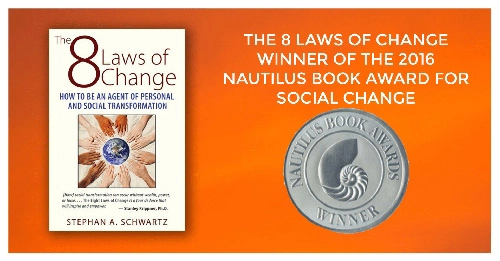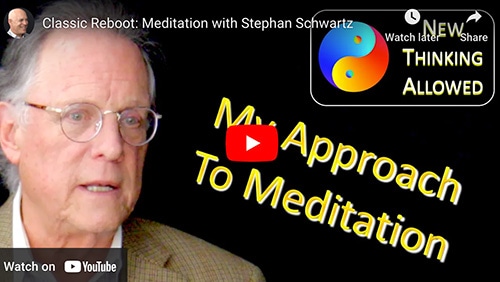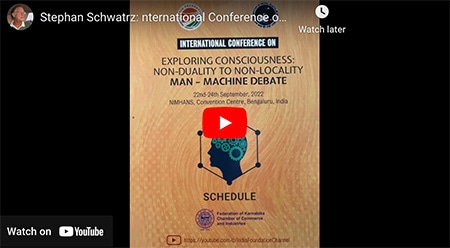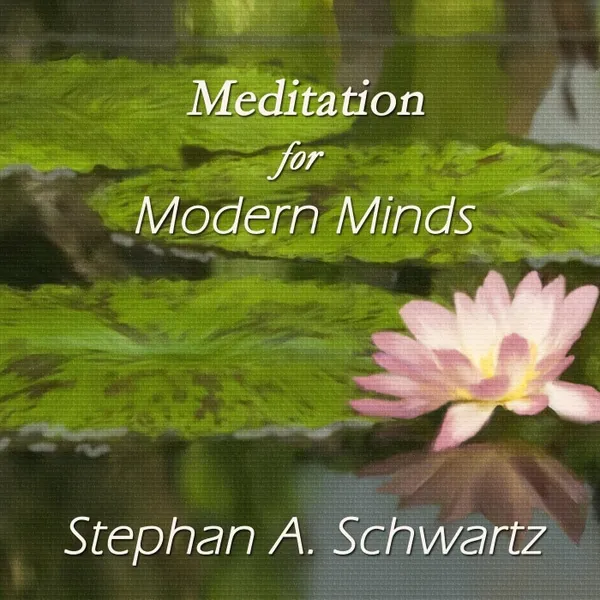
Some marchers at the Unite the Right rally in Charlottesville, Va., in 2017 displayed medieval symbols, like the rune shown on this flag, which was also used by the Nazis.
Credit: Edu Bayer for The New York Times
Each May, some 3,000 people descend on Kalamazoo, Mich., for the International Congress on Medieval Studies, which brings together academics and enthusiasts for four days of scholarly panels, performances and after-hours mead drinking.
But in recent years, the gathering affectionately known as “K’zoo” — and the field of medieval studies itself — has been shadowed by conflicts right out of the 21st century.
Since the 2016 presidential election, scholars have hotly debated the best way to counter the “weaponization” of the Middle Ages by a rising tide of far-right extremists, whether it’s white nationalist marchers in Charlottesville, Va., displaying medieval symbols or the white terrorist who murdered 50 people at two mosques in Christchurch, New Zealand, using weapons inscribed with references to the Crusades.
And hanging over it all is […]









